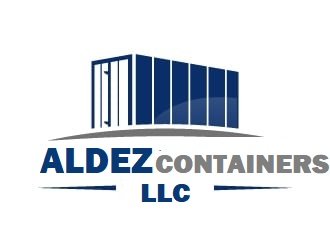What To Consider When Buying A Container
When considering the purchase of a shipping container, whether for storage, transportation, or modification purposes, it’s essential to make an informed decision. Here’s a comprehensive buyer’s guide to help you navigate the process effectively:
1. Determine Your Requirements:
- Assess your needs regarding size, dimensions, and intended use of the container.
- Consider factors such as material, condition (new or used), and any specific modifications required.
2. Choose the Right Size:
- Shipping containers come in various sizes, with standard options including 10ft, 20ft, and 40ft lengths.
- Select a size that accommodates your storage or transportation needs while considering space limitations at your location.
3. Assess Container Condition:
- Decide between new, used, or refurbished containers based on your budget and quality preferences.
- Inspect used containers thoroughly for signs of damage, corrosion, or structural issues that may affect performance and longevity.
4. Verify Container Specifications:
- Ensure that the container meets relevant industry standards and regulations for dimensions, weight capacity, and structural integrity.
- Check for features such as double doors, ventilation, and secure locking mechanisms, depending on your requirements.
5. Consider Material Quality:
- Shipping containers are typically constructed from steel, with varying grades and thicknesses of steel available.
- Opt for containers made from high-quality, corrosion-resistant steel to ensure durability and weather resistance.
6. Inspect for Damage and Wear:
- Conduct a thorough inspection of the container, paying attention to dents, rust, holes, and signs of previous repairs.
- Check the condition of the flooring, roof, walls, and door seals to ensure they are intact and functional.
7. Evaluate Delivery and Logistics:
- Determine logistics for container delivery, including transportation costs, access to your location, and any site preparation required.
- Coordinate with the seller or shipping company to arrange for safe and timely delivery of the container to your desired location.
8. Budget Considerations:
- Establish a budget for purchasing the container, considering not only the initial cost but also any additional expenses for modifications, delivery, and ongoing maintenance.
- Compare prices from multiple suppliers to ensure you’re getting the best value for your investment.
9. Research Suppliers and Reviews:
- Research reputable suppliers of shipping containers, both locally and online, and read customer reviews and testimonials to gauge their reliability and customer satisfaction.
- Choose a supplier with a proven track record of delivering quality containers and excellent customer service.
10. Plan for Modifications (if needed):
- If you require modifications or customizations to the container, such as adding doors, windows, insulation, or electrical wiring, discuss your requirements with the supplier.
- Work with experienced professionals to ensure that modifications are done safely, adhering to relevant regulations and industry standards.
By following these guidelines and conducting thorough research, you can confidently purchase a shipping container that meets your needs, budget, and quality standards. Whether you’re looking for temporary storage, a mobile workspace, or a creative architectural project, the right container can unlock endless possibilities for your endeavors.
Contact us for further assistance if you need any clarification
Aldez Containers LLC
Company Registration Number
000625629 AL
Email: info@aldezcontainersllc.com
Phone: +1 (959) 610-0299
Address: 4260 Van Dyke Suite 110 Almont Mi 48003
